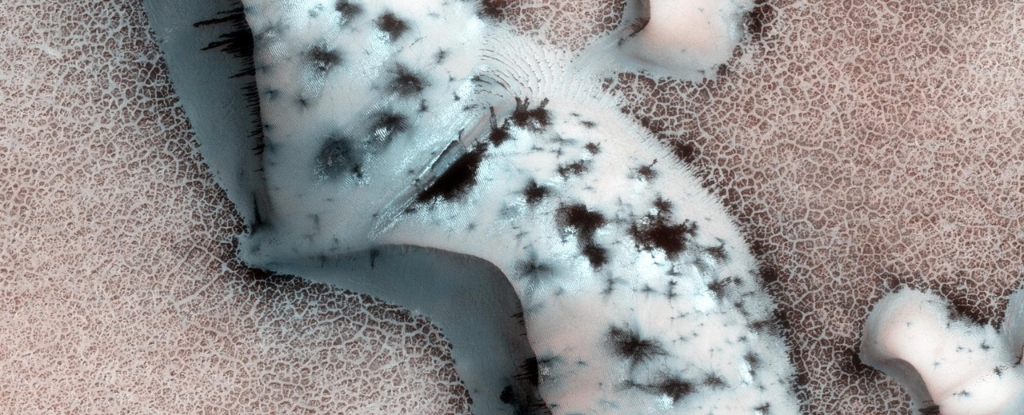For some, circumcision is a religious or cultural act. For others, it’s a health decision. However, even among medical experts, not everyone agrees on whether there is any real clinical benefit to removing a male’s foreskin.
A small new study of 11 children in the United States found evidence that removing the skin covering the tip of the penis can alter the abundance and composition of the bacterial and fungal communities naturally living there.
But what would that mean in practice?
Some of the bacterial communities that shrank after circumcision have been linked to inflammation and sexually transmitted infections (STIs) in other research. This tentatively implies that circumcision may reduce a person’s susceptibility to STIs by limiting inflammation in penile tissue and viral targets on the skin.
The microbiome is a new frontier in scientific research, and while we are getting a better idea of how microbes that occupy our bodies can affect our health, the penile microbiome is nowhere near as well studied as, say, the gut or even the vaginal microbiome.
To date there is limited data and a lack of controlled studies about circumcision, from which no conclusions can be drawn. Especially when you look at previous studies with null results, who like to be overlooked.
So let’s dive into the literature.
The theory that circumcision protects against sexually transmitted diseases has been around since at least the 18th century, when a scientist named Jonathan Hutchinson set circumcised Jews in London were better protected against syphilis than uncircumcised communities.
However, other scientists of the time argued Hutchinson jumped to conclusions. Correlation, they warned, does not equal causation. There could be other confounders affecting this statistical association.
Today, that very debate is still going on, and both sides think they are more scientific and evidence-based than the others.
Dozens of observational studies and a few randomized ones clinical trials Evidence has been found over the years that circumcision can protect individuals from some STIsat least partially.
Meta-analyses based on global data, for example found Circumcision is associated with a reduction in bacterial infections such as syphilis or viral infections Genital herpes or herpes simplex virus type 2.
2020, two studies found evidence that circumcised adults have a different penile microbiome than uncircumcised adults, and it was shown that this somewhat protects the former group from spreading bacterial vaginosis or contracting human immunodeficiency virus ( HIV/ AIDS).
The results relating to HIV are particularly controversial.
Based on observational data collected in South Africa, Researchers have argued Circumcision could be more effective for HIV transmission among heterosexuals, “on par with what a high-potency vaccine would have achieved” (if there was one).
Such conclusions are based on results three large randomized controlled trials conducted in Africa among adult males, showing that circumcision could reduce the risk of contracting HIV by 50 to 60 percent.
While that sounds unbelievable (and some counter, clearly exaggerated), other studies challenge the notion of a relationship between HIV infection and circumcision. Another study in October 2022 examined the statistics behind male circumcision and HIV prevalence in six African countries, but no link was found.
“The study challenges the current strategy of large-scale voluntary medical male circumcision (VMMC) campaigns to control HIV epidemic. These campaigns also raise a number of ethical questions,” the authors of this study say argue.
In Africa, circumcision is very common and widespread. Although the cases stem primarily from cultural reasons, there have also been efforts to introduce the practice to curb the spread of HIV.
In 2000, scientists suggested that circumcision protected against inflammation and HIV infection by altering the penile microbiome.
The current study of 11 children is the first of its kind to show that microbiome changes can occur after circumcision. As fascinating as the results are, the small sample size and the fact that it does not prove a causal effect are reason enough to remain somewhat skeptical.
Of course, it could be true that removing the foreskin changes the microbiome of a penis. However, how these changes affect the infection is still unclear. Some changes could be good for health. Others could harm him.
In Denmark e.g. a population-based study, spanning three decades, found no evidence that circumcision in infancy or childhood protected against HIV or other sexually transmitted diseases. In fact, in this particular study, circumcision was actually associated with higher overall STI rates, particularly in genital warts and syphilis.
Many of the previous studies on circumcision have been conducted on heterosexual adult males Developing countries. It remains unclear whether these results can be extrapolated to other parts of the world or to gay or queer people. There are numerous factors that affect human health and many more that control the spread of bacteria and viruses.
However, in 2007, the US American Academy of Pediatrics reviewed the literature on circumcision and argued the “current evidence suggests that the health benefits of neonatal circumcision outweigh the risks.”
This compares to officials at the US Centers for Disease Control and Prevention recognize that circumcision can partially protect against HIV, but at the same time they argue that there is no strong evidence that male circumcision can reduce HIV transmission in the gay and queer community.
Without more robust clinical trials on circumcision, the penile microbiome, and sexually transmitted infections, the evidence for parents and experts alike will remain deeply contradictory.
The study was published in Focus on European urology.





